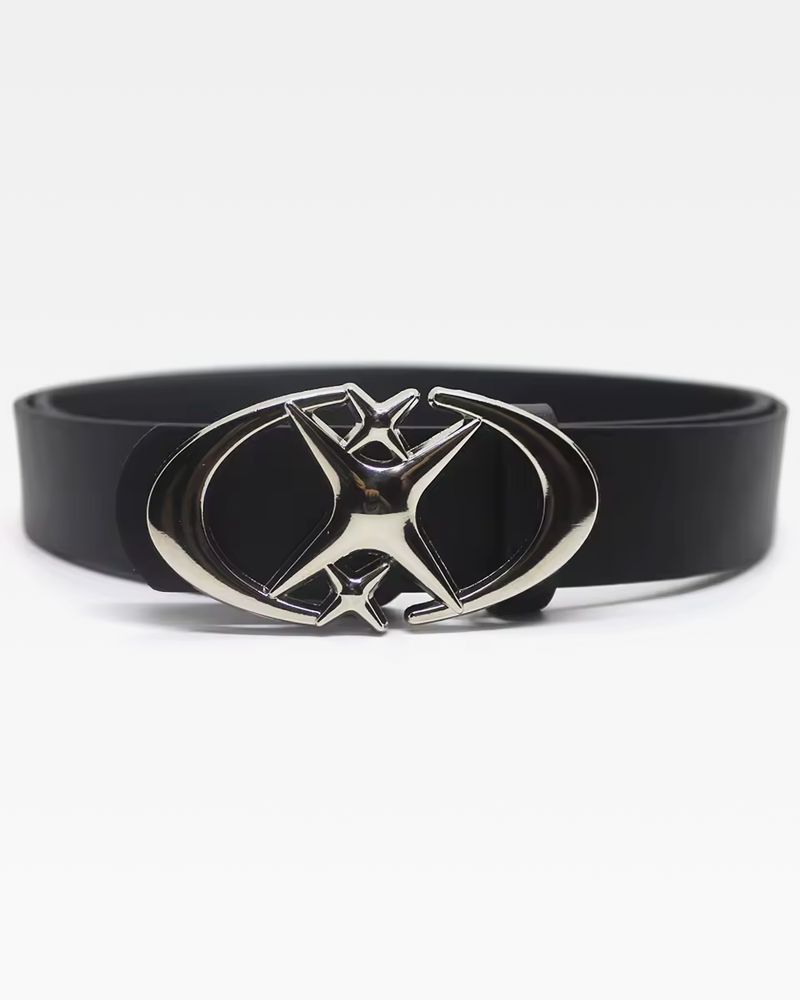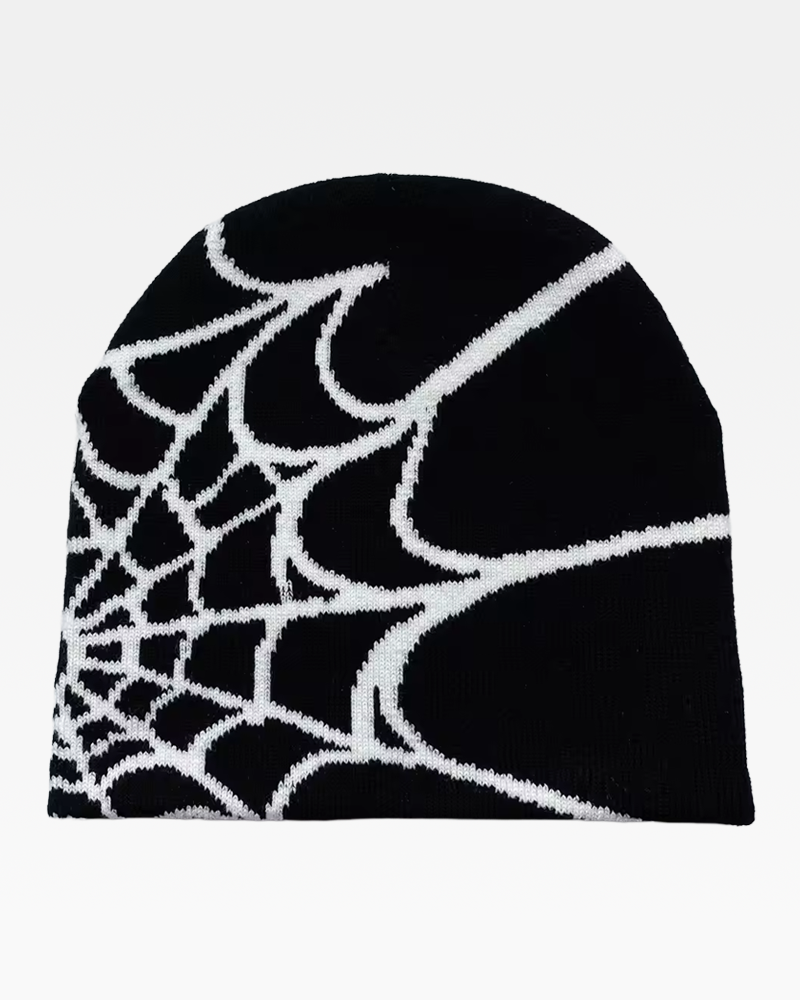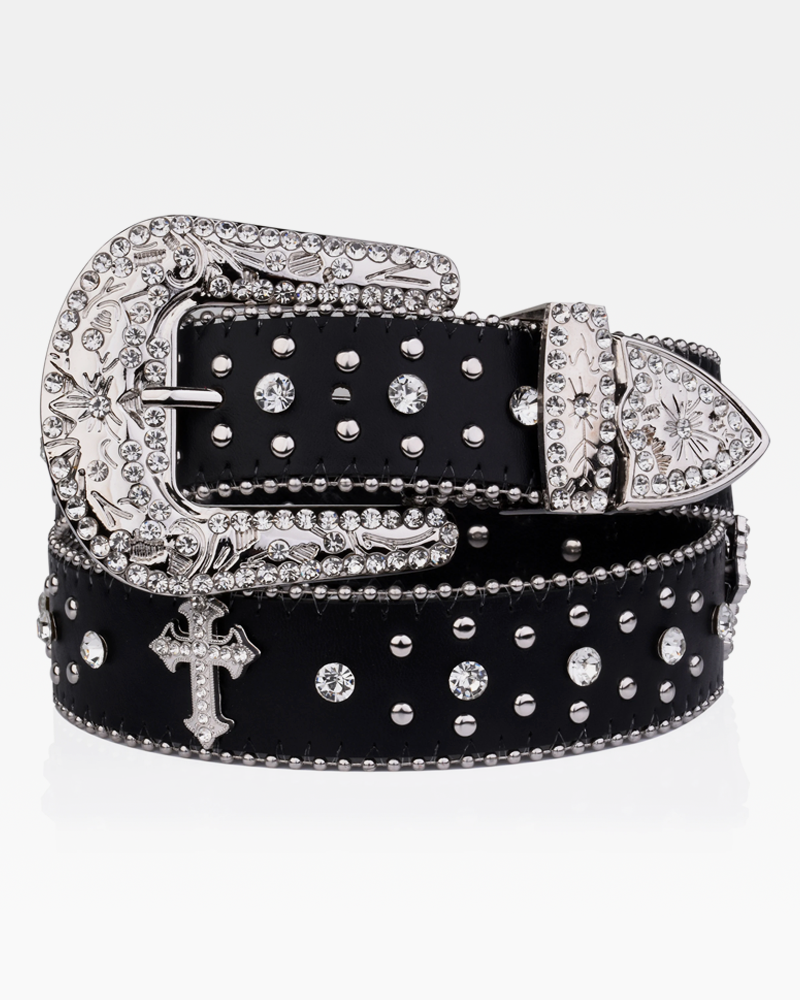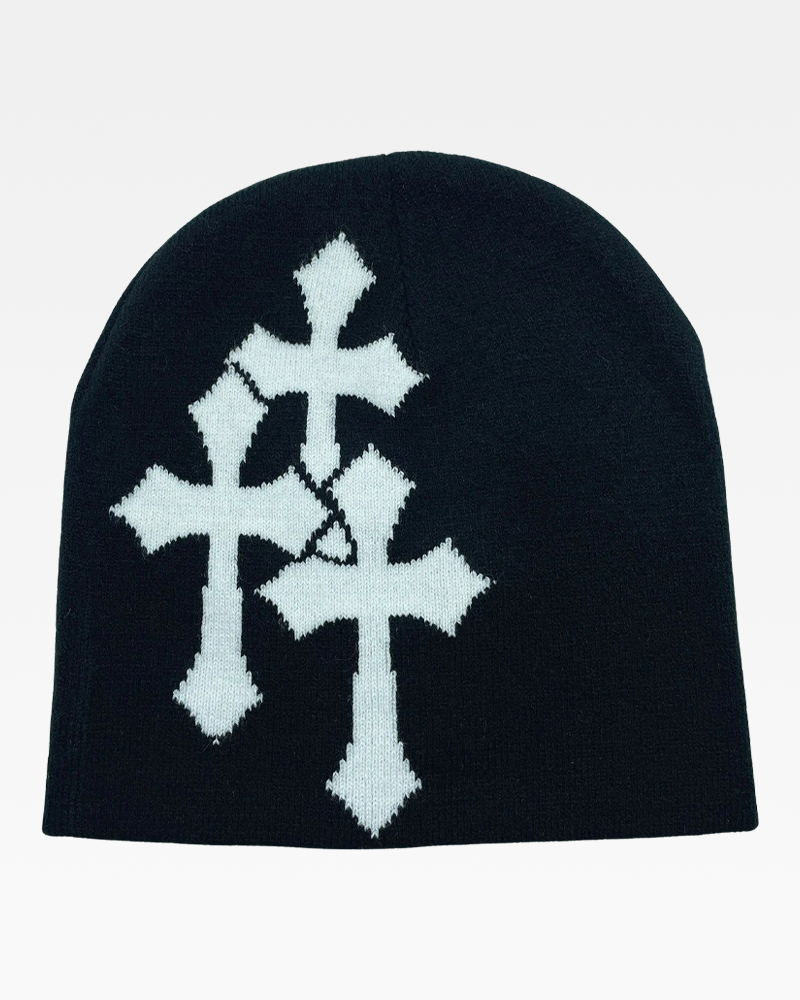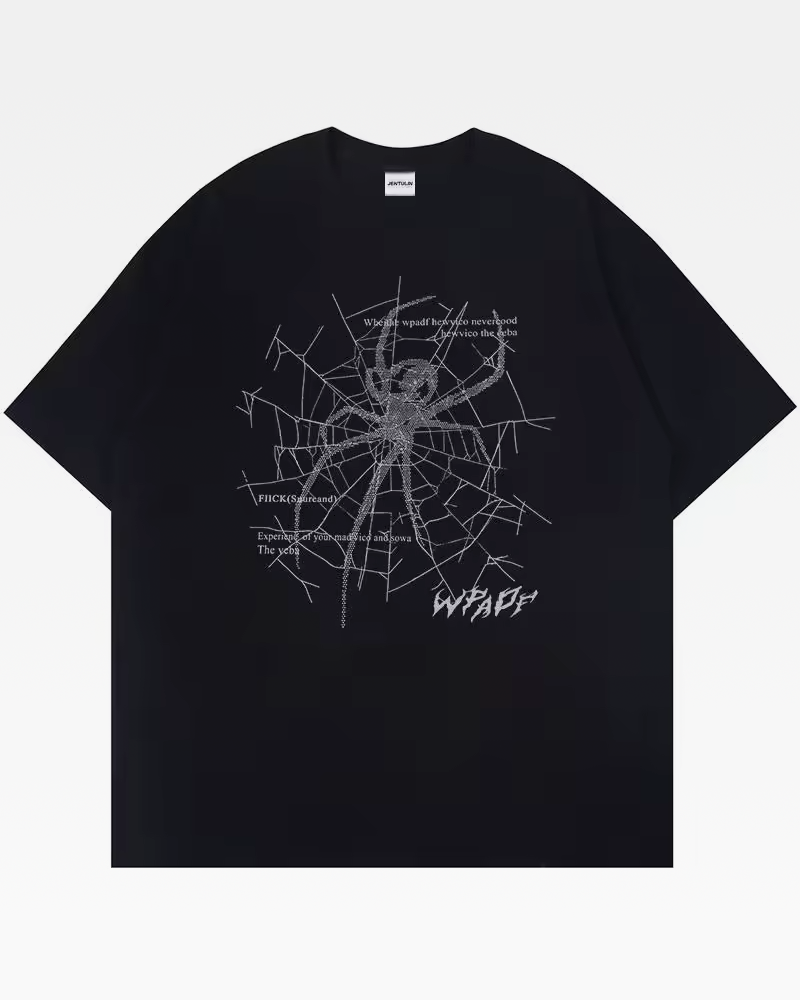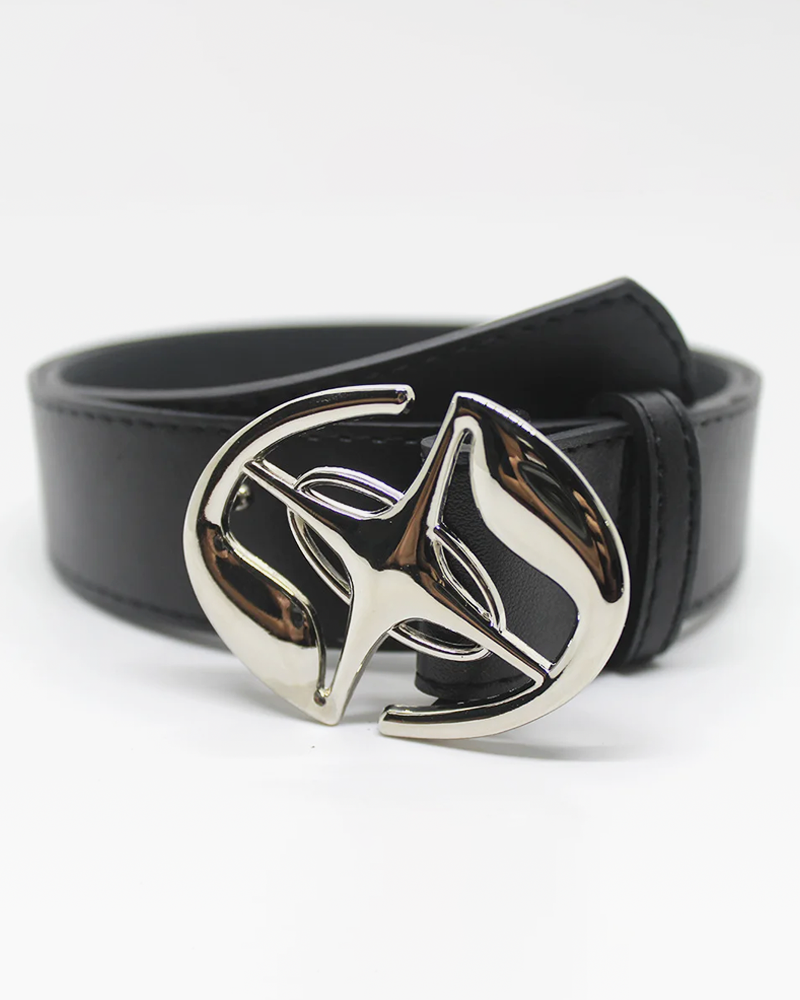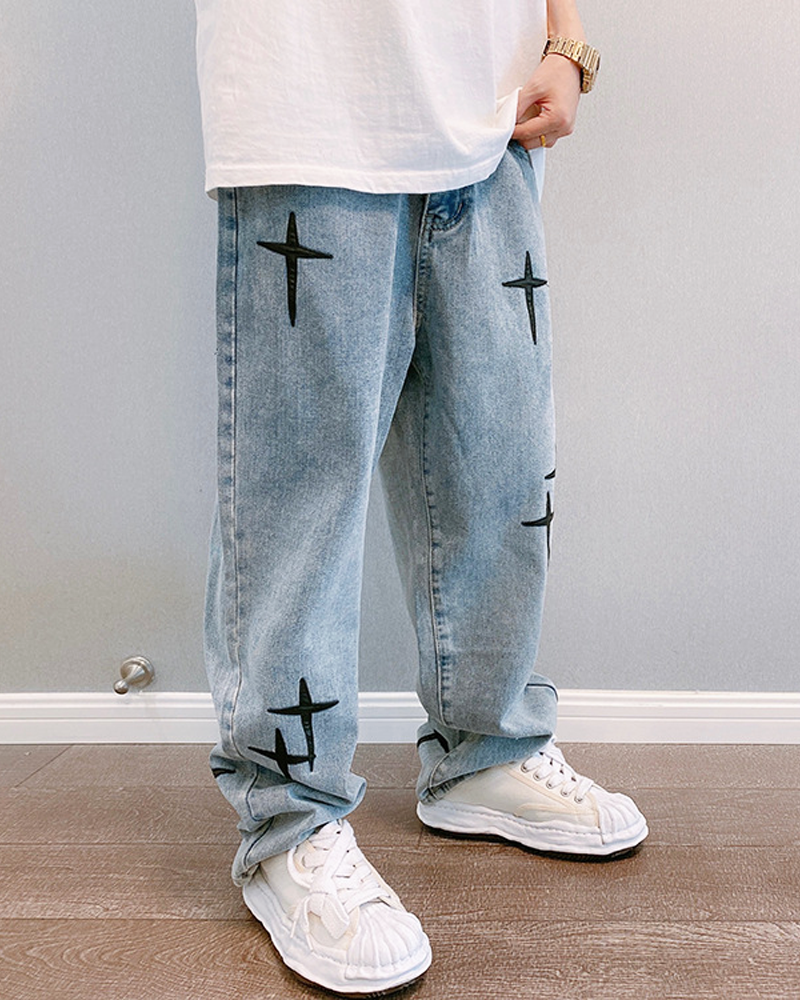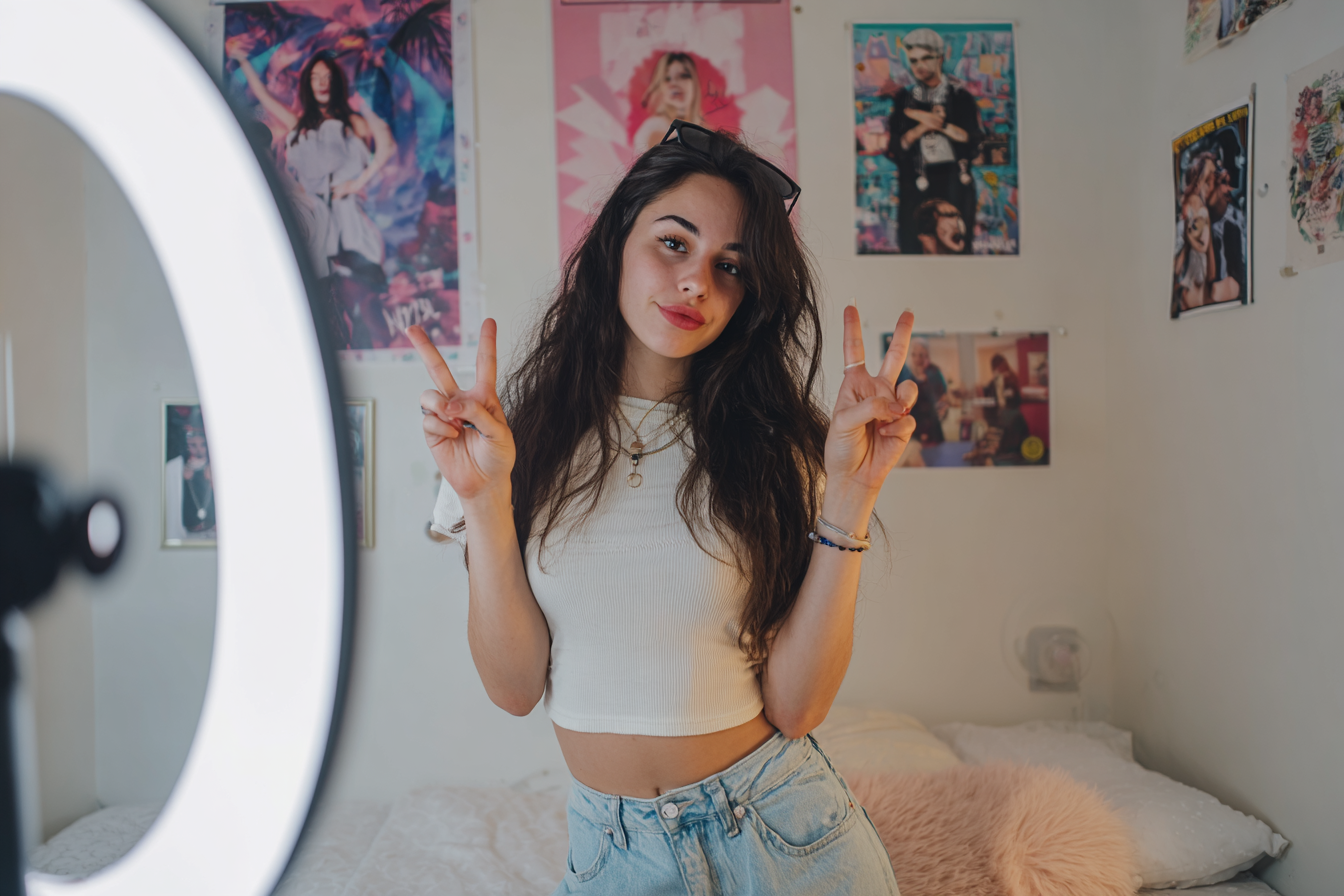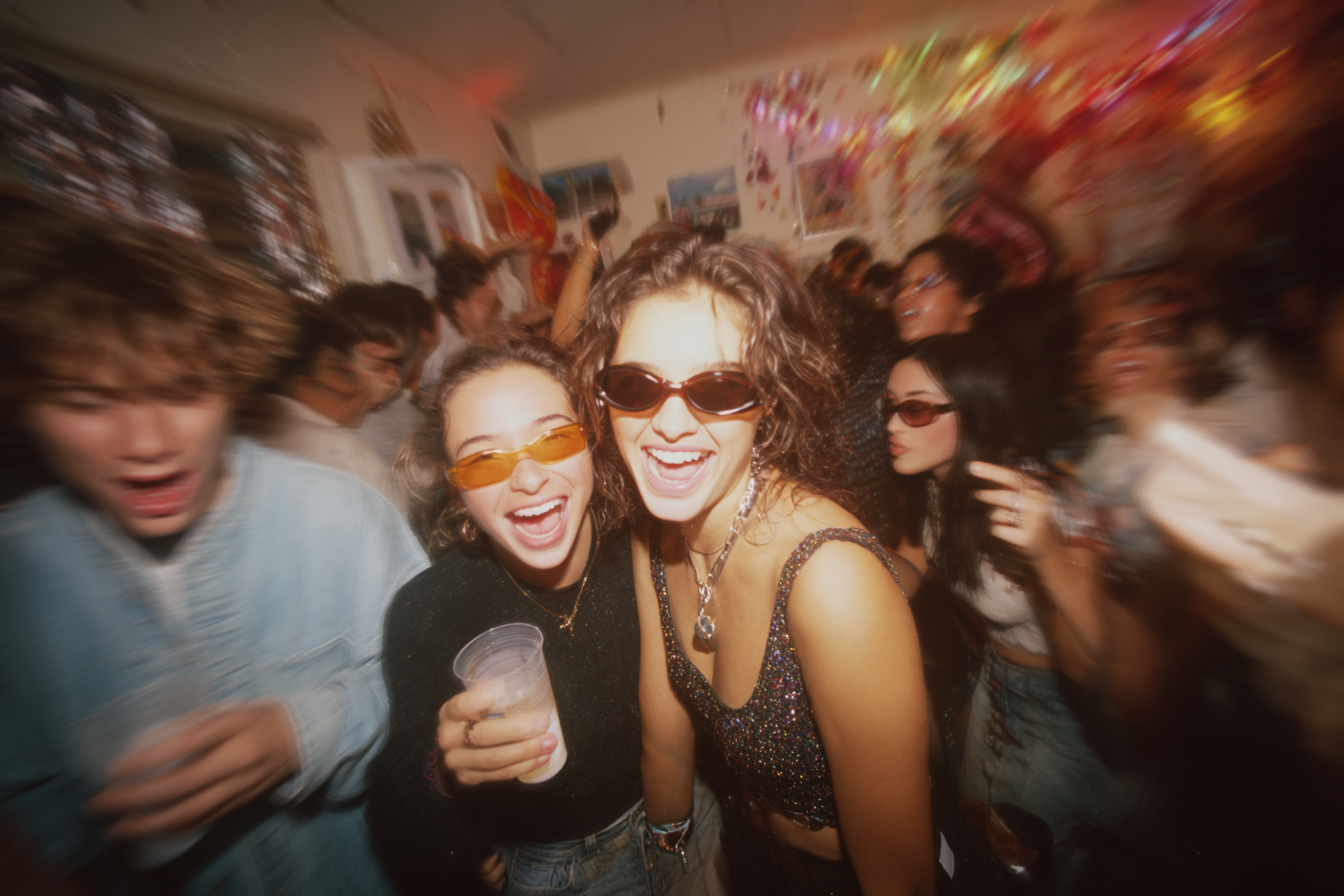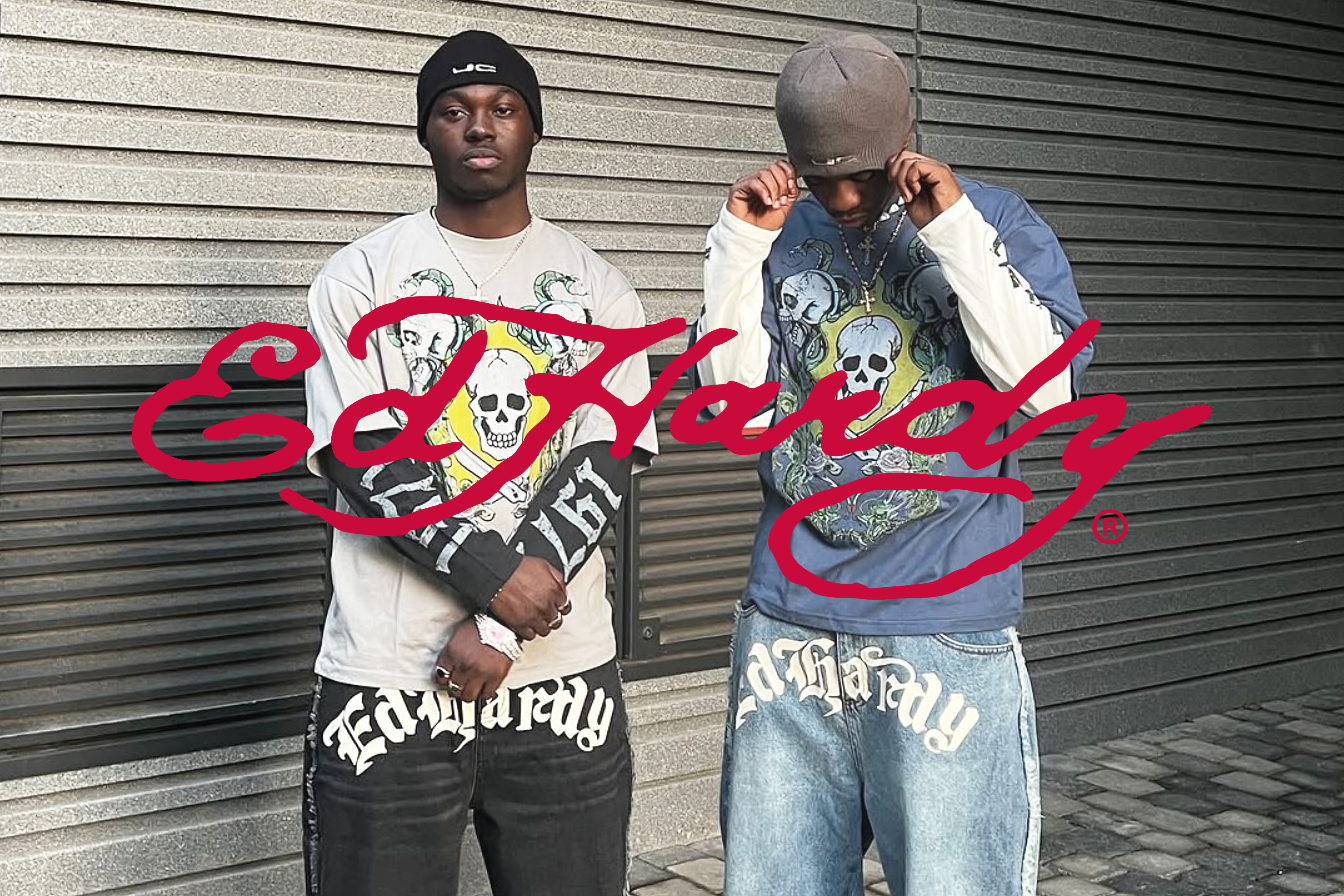In the world of fashion, few comebacks have been as unexpected-or as explosive-as the return of Y2K style. From butterfly clips to baggy jeans, rhinestone baby tees to platform sneakers, the aesthetic that once ruled the early 2000s has re-emerged in full force. But this revival didn't happen overnight. It began in internet subcultures, grew through aesthetic-driven blogs, and fully exploded thanks to the algorithms of Gen Z's favorite platform: TikTok.
So how did a style once considered tacky and outdated become cool again? The answer lies in the evolution of online culture-from Tumblr to TikTok-and how social media gave Y2K a second life.
The Original Rise of Y2K Style

Before it was a nostalgic trend, Y2K fashion was the future. At the turn of the millennium, pop culture was obsessed with high-shine, futuristic vibes. Think metallic fabrics, low-rise jeans, tinted sunglasses, and transparent everything. Celebrities like Britney Spears, Destiny's Child, Paris Hilton, and early-2000s icons like Lindsay Lohan defined the look-sparkly, loud, unapologetically extra.
Y2K fashion was about excess and attitude. It lived in music videos, tabloid covers, and MTV red carpets. But like all bold trends, it eventually fell out of favor. By the late 2000s, the aesthetic was labeled "cringe," and the rise of minimalist fashion pushed Y2K into the cultural archives.
Tumblr: Where the Seeds of Nostalgia Were Planted

In the early 2010s, Tumblr emerged as a haven for indie fashion inspiration. The platform attracted teens and twenty-somethings who curated moodboards filled with moody photography, vintage film stills, and hyper-specific aesthetics. Among them: early signs of Y2K revival.
At first, it was subtle. Users would post blurry photos of Paris Hilton in a Juicy Couture tracksuit or nostalgic screenshots from Lizzie McGuire. The aesthetic wasn't yet called "Y2K" online-but the vibe was there. It wasn't about copying exact outfits from 2003, but recontextualizing them in a dreamy, ironic way.
Tumblr helped plant the idea that early-2000s fashion wasn't embarrassing-it was iconic. Nostalgia started simmering. But the platform's format-mostly static images and curated feeds-meant trends circulated in tight circles, not at viral speed.
The Rise of TikTok and Visual Trend Acceleration

Enter TikTok. Unlike Tumblr, TikTok thrives on movement. Trends are built in real-time, with visuals, sound, humor, and emotion all packed into 15-second bursts. And unlike curated Tumblr blogs, TikTok's algorithm rewards engagement and accessibility.
As Gen Z took over the platform during the pandemic, they brought their digital curiosity with them. Suddenly, vintage aesthetics-including cottagecore, 90s grunge, and yes, Y2K-were everywhere.
The Y2K resurgence fit perfectly on TikTok. Its bright colors, shiny textures, and high-energy attitude were made for video. Creators styled thrifted outfits, recreated celebrity looks from the early 2000s, and filmed "Get Ready With Me" clips featuring butterfly clips, cargo pants, and lip gloss. Some even used filters to mimic VHS effects and low-res camera quality for extra nostalgia.
Unlike Tumblr, where a trend could simmer for years, TikTok launched Y2K into the mainstream in a matter of weeks.
The Influence of Micro-Trends and Algorithms

One key reason Y2K style thrived on TikTok is because of how the app breaks fashion into digestible micro-trends. You don't need to understand the full Y2K aesthetic to participate-you can just try out one element. Maybe it's a denim mini skirt, or a velour hoodie, or a pair of chunky sneakers.
As more creators posted content, the algorithm picked up on visual patterns and pushed similar videos to millions of users. The result? A rapid feedback loop that turned a fringe revival into a viral phenomenon.
And because TikTok is largely video-based, it gave fashion a sense of context and personality. Viewers didn't just see clothes on a rack-they saw them in action: styled, danced in, and worn confidently. That emotional connection gave Y2K fashion the energy it needed to go from "kind of cute" to "must try."
Celebrities, Nostalgia, and Digital Aesthetics

Social media trends rarely stay underground for long. As Y2K fashion gained traction on TikTok, celebrities and influencers followed suit. Stars like Bella Hadid, Dua Lipa, Olivia Rodrigo, and Addison Rae all embraced the look-whether in paparazzi shots or stylized photo shoots.
Brands were quick to catch on too. Fashion retailers began selling baby tees, platform sandals, and rhinestone accessories under "Y2K" labels. Even luxury houses incorporated low-rise silhouettes and 2000s-inspired cuts into runway collections. What started as a Gen Z trend quickly became a fashion industry shift.
At the same time, platforms like Pinterest and Instagram adapted by promoting Y2K boards and reels. The aesthetic even spread to UI design, graphic design, and makeup tutorials. Frosted eyeshadow, sparkly phone charms, and early-2000s ringtone remixes became part of the vibe.
Why Gen Z Connects So Deeply With Y2K

For Gen Z, Y2K fashion isn't just about looks-it's about emotion. Many Gen Zers were born around the early 2000s, and they see the era as a kind of mythologized childhood dream: a time when technology was exciting, pop stars were larger-than-life, and life felt more colorful.
Unlike Millennials, who lived through the style in real time (and might cringe at low-rise jeans), Gen Z approaches Y2K with romantic distance. They're able to remix it on their own terms, picking what feels cool and leaving the rest behind. It's a selective, curated kind of nostalgia-filtered through humor, irony, and TikTok edits.
In a digital world that can feel overly polished and algorithmic, Y2K brings back a sense of chaos and imperfection. The flip phone photos, grainy filters, and glittery excess feel raw in a way that resonates with a generation hungry for realness.
From Internet Niche to Cultural Norm

The rise of Y2K fashion from Tumblr niche to TikTok dominance reveals how internet culture has changed. A trend that once needed years to build now takes weeks. A look once dismissed as "outdated" can become aspirational overnight.
And yet, the revival of Y2K isn't just about nostalgia-it's about reclaiming an era that was full of contradictions: futuristic but analog, superficial but expressive, messy but iconic. TikTok didn't just revive the style-it gave it new meaning.
Y2K has officially crossed over from subculture to mainstream. And thanks to the ever-evolving nature of digital fashion, it's no longer just a reference to the past-it's a living, breathing aesthetic remixing itself in real time.
Conclusion

From Tumblr moodboards to TikTok For You pages, Y2K style has come full circle. What started as a whisper of nostalgia became a fashion revolution, driven by Gen Z creativity, internet humor, and the power of short-form video.
It's proof that no trend ever really dies-it just waits for the right platform to bring it back to life. And as long as there are platforms that reward bold self-expression, the early 2000s will continue to glitter in the algorithm.

